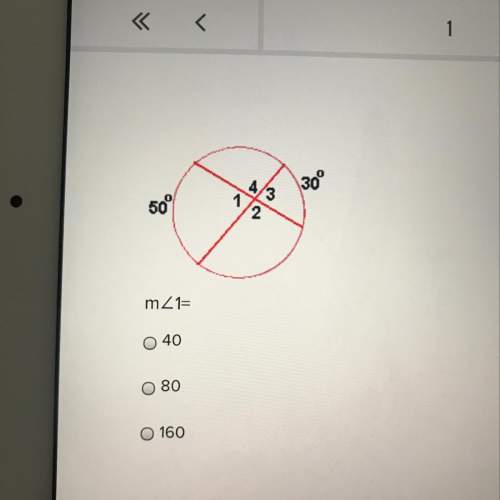
Mathematics, 04.04.2020 08:34 seannalove6168
3 dice, one with 4 sides, 5 sides, and 6 sides. Each dice is fair and has faces (1, 2, ... n) where n is the number of sides. Tim proceeds as follows: he rolls each die one at a time (starting with the four sided, then five, then six). However, if Tim ever rolls more than a three he stops rolling the dice. Let X be the sum of all the dice Tim rolled. 1. Compute E[X]. 2. Compute P(A). Where A represents the event that Tim rolled a five with one of the die.

Answers: 1


Another question on Mathematics

Mathematics, 21.06.2019 17:00
Explain how you do each step what term makes it inconsistent y=2x - 4 ?
Answers: 1


Mathematics, 21.06.2019 23:10
In which quadrant does the point lie? write the coordinates of the point. a. quadrant ii; (–2, –4) b. quadrant iii; (2, 4) c. quadrant iii; (–2, –4) d. quadrant iv; (–4, –2)
Answers: 3

Mathematics, 21.06.2019 23:30
Hundred and tens tables to make 430 in five different ways
Answers: 1
You know the right answer?
3 dice, one with 4 sides, 5 sides, and 6 sides. Each dice is fair and has faces (1, 2, ... n) where...
Questions


Mathematics, 28.06.2019 07:50

Mathematics, 28.06.2019 07:50




Chemistry, 28.06.2019 07:50






Mathematics, 28.06.2019 07:50


History, 28.06.2019 07:50

Mathematics, 28.06.2019 07:50

Mathematics, 28.06.2019 07:50



Mathematics, 28.06.2019 07:50




